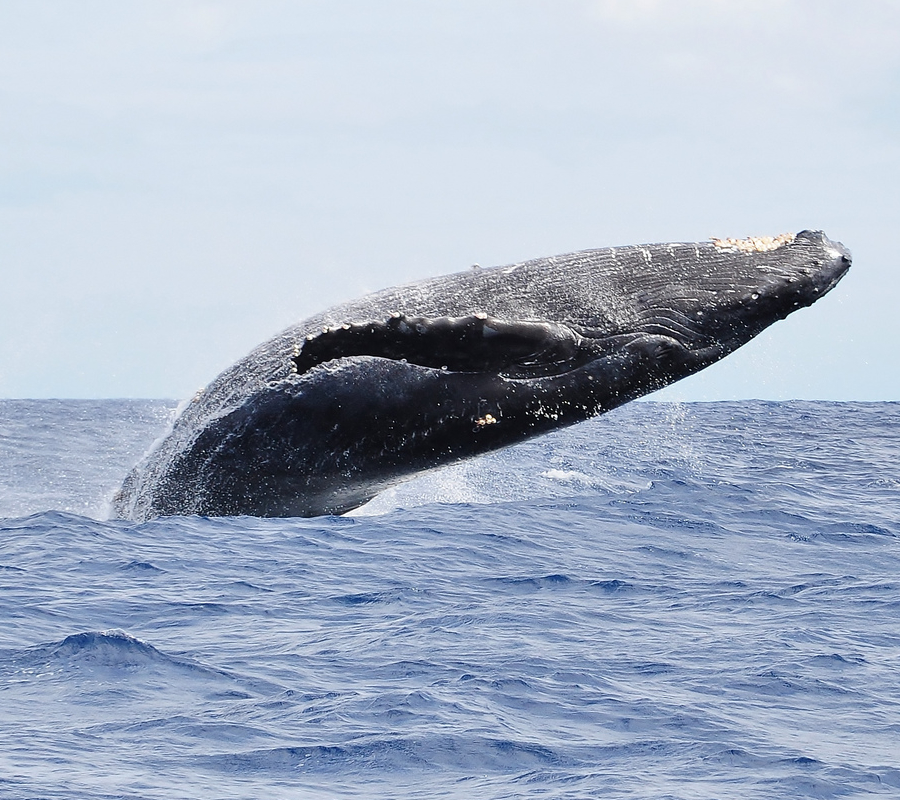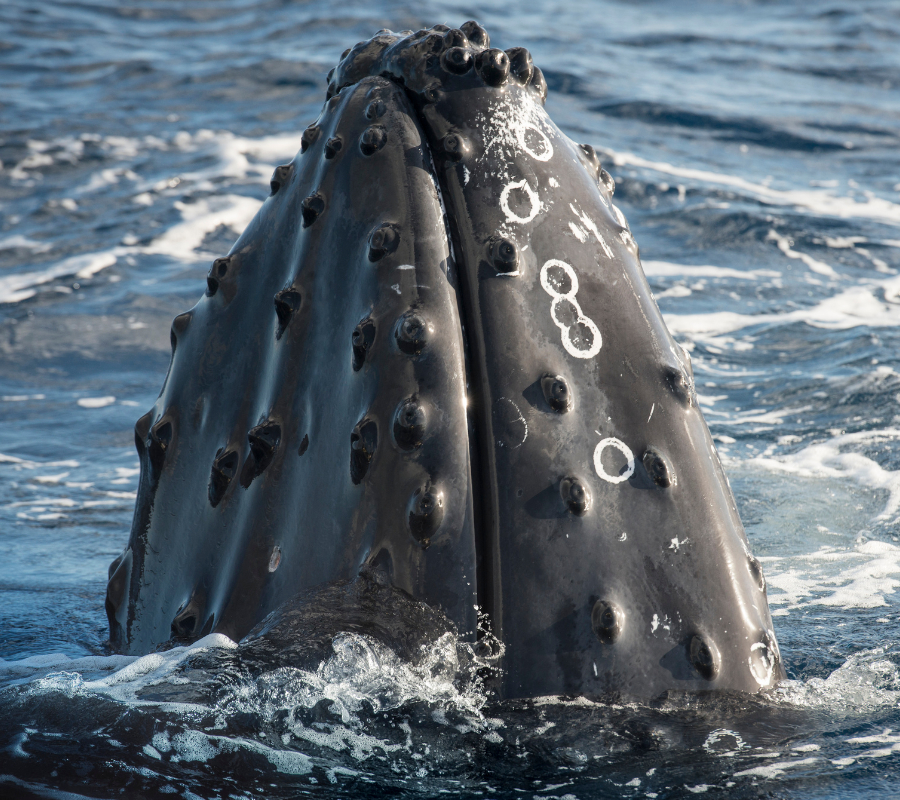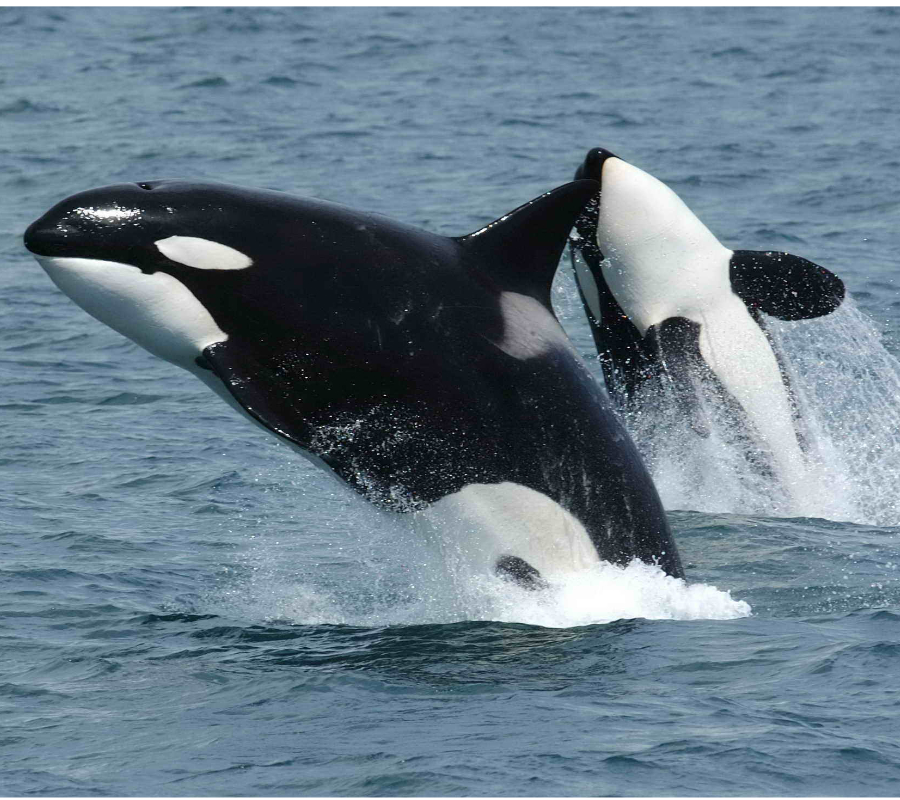The National Oceanic and Atmospheric Administration (NOAA) is using drones to deepen and ease research on humpback whales in Hawaiian waters.
NOAA investigators have recently returned from a 30-day expedition in the Hawaiian archipelago. They have brought new scientific data, and photographs showing the way of living of dolphins and whales. The team used a hexacopter drone to photograph whales, something that hadn’t been done before in the region. There are approximately 20 different species of whales and dolphins in the waters of Hawai. Investigators are trying to improve life conditions of these mammals in the region.

A deeper research thanks to drones
Small vessels used for whale research are hard to navigate during extended periods of time. They are also vulnerable to weather conditions and massive whales. Killer whale attacks are not frequent. However, researchers had three encounters of this type during the research trip. These whales, which can grow up to 26 feet, can harm themselves and people aboard vessels.
Erin Oleson, the lead investigator at the expedition, said that researchers found a pod of orcas off the coast of Maui and another around the coast of Hawaii Islands. On the other hand, big vessels, which are often used in these expeditions, scare whales. As a consequence, researchers cannot observe the mammals’ natural behavior.

The introduction of drones allows researchers to have better images of whale groups since they are not disturbed by boats. Researchers could also make accurate calculations of numbers of whales in specific regions. Some whales remain underwater when they notice an intruder.
Having an estimate of the existing calves makes it easier for scientists to know about the reproductive health of whales. Researchers can also calculate the development of populations. Drones allow researchers to evaluate the size of whales precisely.
This is not the only high-tech mechanism used by NOAA researchers. The latter have also attached satellite tags on tissue samples of whales, to track their movements and development.
“This is the first time that we’ve used (drones) as part of our research here in the Pacific islands and it’s also the first time it’s been used to estimate group sizes,” said Oleson.
Very unusual sighting — minke whale breach in @NOAASBNMS. Note distinctive white bands on flippers & pointed snout. pic.twitter.com/LE0eO8t9x0
— Stellwagen Bank NMS (@NOAASBNMS) July 26, 2016
Non-military use of Drones
An unmanned aerial vehicle (UAV), commonly known as “drone”, is an aircraft that operates without having a human pilot aboard. These machine function with different degrees of autonomy, either with remote control manipulated from the outside or rather autonomously.

They were first designed for military applications, especially when the missions were suicidal or too dangerous to risk the life of a human being. They are also used for commercial and recreational activities such as aerial photography, political surveillance, and drone racing.
Though the non-military use of drones for research is an evolving art, scientists are amazed by the current results of this mechanism, saying the details captured by these flying machines wouldn’t have been possible using conventional tools. NOAA is ready to train more researchers as drone pilots.
Protecting whales
The NOAA team is expecting to increase awareness and design new ways to protect whales’ ecosystem and population. It is important to remember that all whales in the United States are protected by the “Marine Mammal Protection Act” and the “Endangered Species Act.”

Other threats caused by humans affect whale populations, including climate change. The latter is increasing water temperatures worldwide. Analyzing the behavior of whales, through satellite tags allows researchers to understand the impact of climate change in the ecosystems.
NOAA scientists are calling for action, since dolphins, whales, and several other species are threatened by pollution and changes in their natural ecosystems.
A decrease of these mammals is would affect the ocean’s food chain, unbalancing not just the marine mammal population but the whole ecosystem in the areas surrounding the Hawaiian archipelago.
Humpback whales dine on krill and small fish in @NOAASBNMS. Witness the event for yourself this summer! #EarthIsBlue pic.twitter.com/vg0aXLsI9s
— Sanctuaries (NOAA) (@sanctuaries) July 27, 2016
Source: Honolulu Star Advertiser
